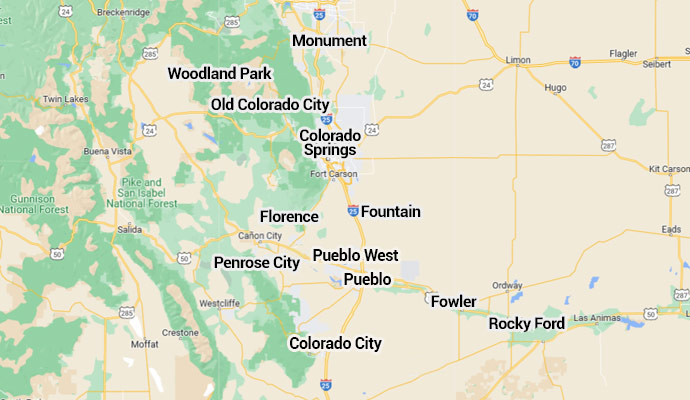Is All Asbestos the Same?

Just as there is not just one ore or mineral, there are also different types of asbestos. Technically speaking, “asbestos” is a commercial and legal term encompassing multiple types of minerals. The Asbestos Hazard Emergency Response Act (AHERA) classifies the asbestiform (fibers that possess great strength, flexibility, and durability) varieties of the following minerals as asbestos.
- Chrysotile (white asbestos) is the most commonly used form of asbestos. It can be found in roofs, ceilings, walls, and floors of homes and businesses. Chrysotile asbestos is also used in manufacturing to create automobile brake linings, gaskets, boiler seals, and insulation for pipes, ducts, and appliances.
- Amosite (brown asbestos) was used most often in cement sheets and pipe insulation. It can also be found in board insulation, ceiling tiles, and thermal insulation products.
- Crocidolite (blue asbestos) was commonly used to insulate steam engines. It was also used in some spray-on coatings, pipe insulation, plastics, and cement products. This is the most toxic of all asbestos types.
- Anthophyllite was used in limited quantities for insulation products and construction materials. It also occurs as a contaminant in chrysotile asbestos, vermiculite, and talc. It may be a grey, dull green, or white color.
- Tremolite and actinolite aren’t used commercially, but they can be found as contaminants in chrysotile asbestos, vermiculite, and talc. These two chemically similar minerals can be brown, white, green, gray, or transparent.
The AHERA granted the U.S. Environmental Protection Agency (EPA) permission to regulate these six types of asbestos in 1986, and more than 50 countries have banned them completely. However, the U.S. Bureau of Mines and the National Institute for Occupational Safety and Health (NIOSH) have since recognized several other asbestos-like minerals that are not yet restricted or regulated. For example, winchite, richterite, erionite, and taconite are all minerals containing asbestiform fibers with the potential to cause serious health problems.
In July 2020, a U.K. study successfully identified different types of asbestos in mesothelioma samples using a type of mass spectrometry, which identifies compounds by measuring their molecular weight. Researchers said the discovery can be used to help diagnose mesothelioma and prove the cancer was caused by asbestos exposure.
Is All Asbestos Dangerous?
While some types of asbestos may be more hazardous than others, all are dangerous. Leading health agencies, including the U.S. Department of Health and Human Services, the EPA, and the International Agency for Research on Cancer, classify all types of asbestos as cancer-causing substances. All the identified forms of asbestos can cause asbestosis, malignant mesothelioma, lung cancer, ovarian cancer, laryngeal cancer, and other serious diseases.
For these reasons, If you live in Pueblo, Colorado Springs, or surrounding cities and need an asbestos inspection for your commercial or residential property, contact Cyclone Kleen Up today. They’ll determine the right test for you and your needs! and if you suspect your home or workplace may be susceptible to asbestos exposure, have it tested immediately, then call Colorado’s Cyclone Kleen Up to have it safely removed.






